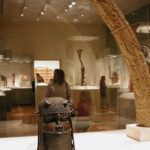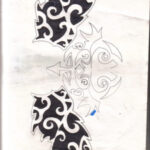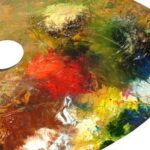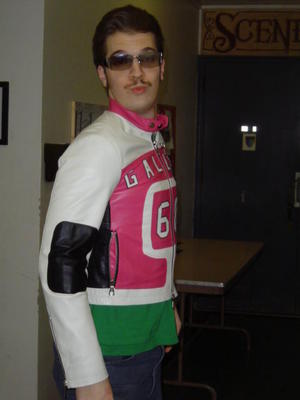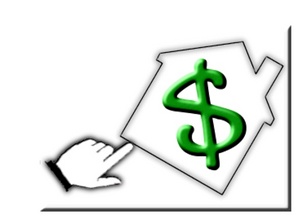Oil pastels are very fun to work with and they can create great works of art, but they can be tough to work with. Oil pastels have a tendency to be more difficult to work with because of their texture. Many people have seen the works that have been created using pastels and tried to copy either the image or the style, and find that it’s not as easy as it looks. Here are some tips for those hoping to improve their skills with oil pastels.
Sketch
The best way to get your picture to look the way you want is to start with a sketch. Oil pastels cannot simply be rubbed off with an eraser like pencil can, so it’s always a good idea to start with at least an outline. Details are not important in a sketch, you will probably end up having to change or alter them in the end anyway. Sketch the big parts of the picture and get an idea of what colors you want to use.
Blending
Blending can be a little tough, but it depends mostly on the kind of pastels you have. Some brands are smoothers than others. Make sure that you do not cake on the pastels, because it makes it harder to blend the colors together and more likely that the colors will rub off. When you blend, use a tissue, or your finger (if you use your finger you may want to use a glove of some sort) and be very gentle. Also take into consideration the look that you are trying to get because the motion you use to blend the colors together will most likely be noticeable.
Highlights
Highlights are an important part of any artwork, but with pastels, they are not easy to create. Because of the textures of the pastels, they blend together very easily, meaning that light colors seem to disappear on top of the darker ones. Letting the pastels dry for a little bit will make them harder to blend, and easier to apply highlights to. Wait until your piece is almost finished to add the highlights.
Lighting
Lighting with pastels can be very tricky. If you work with a lamp, the colors will most likely look different than when you hold it up under regular lighting. For some reason, oil pastels tend to look lighter and have a glowing quality when they are under table or desk lamps. If at all possible, stay away from those lights and try to work during the day and under normal lighting.
Pastels colors mixing
Anyone using pastel colors will notice that if you apply one pastel color over another, the second pastel will most likely get some of the color of the first on it. It is best to remove this color right away so that when you go to use the pastel again, you will get the color you are expecting and not the remnants of the other color. This is easily removed with your fingernail or a paper towel.
Tools
If you are looking for tools to help you, you will most likely have to use ceramic tools or color shapers, because there are no tools especially for oil pastels. Although they are not made just for oil pastels, they work great for whatever you need to do.

